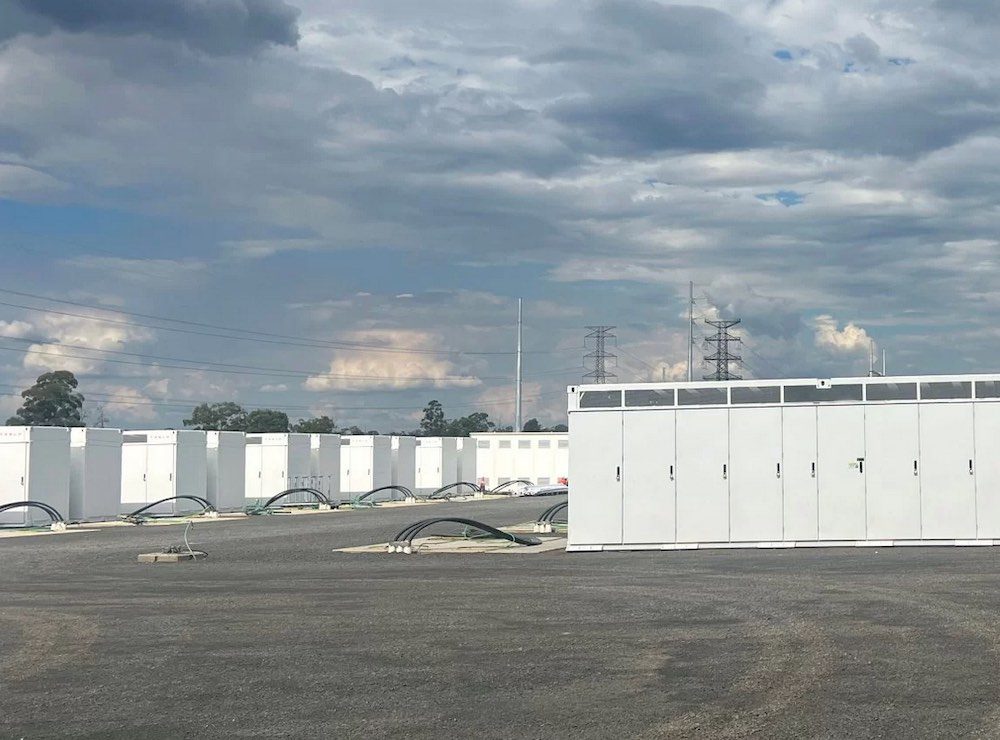Navigating the Transition: Firming Renewable Energy in Australia's Evolving Grid
Key Ideas
- Australia's power grid is transitioning from fossil fuels to renewables like wind and solar, with these sources already accounting for 40% of the national electricity supply.
- Firming renewable energy involves methods like grid-scale batteries, pumped hydro, virtual power plants, and gas peaking plants, ensuring a reliable electricity supply even when sun and wind generation fluctuate.
- Large-scale battery projects in Australia are on the rise, with 75 gigawatts of firming capacity needed in the near future to support the increasing share of renewables in the grid.
- While firming renewables introduces extra costs, technologies like battery storage and virtual power plants are proving effective in stabilizing the grid, enhancing grid resilience and flexibility.
Australia's power grid is undergoing a significant transformation as it shifts from traditional fossil fuel power plants to renewable energy sources like wind and solar. Currently, renewables contribute around 40% of the national electricity supply and are expected to surpass coal and gas in the near future. However, the intermittent nature of solar and wind power poses challenges in maintaining a consistent electricity supply. Firming renewable energy involves converting variable power sources into reliable electricity through various methods like grid-scale batteries, pumped hydro, virtual power plants, and gas peaking plants. These technologies help store excess power during peak generation and release it when needed, ensuring grid stability.
The transition to renewables has led to an increase in large-scale battery projects in Australia, with 75 gigawatts of firming capacity anticipated for future projects. While these initiatives come with additional costs, they are crucial for supporting the growing share of renewables in the grid. Technologies such as battery storage and virtual power plants play a vital role in stabilizing the grid, providing flexibility, and enhancing resilience.
Furthermore, the article highlights the importance of gas peaking plants as a transitional solution due to their flexibility in ramping up power quickly. However, experts suggest that gas plants may eventually switch to hydrogen as a more sustainable alternative. Additionally, the concept of virtual power plants, where home batteries are coordinated digitally to function as a collective power resource, is gaining traction. These virtual power plants contribute to stabilizing the grid by responding to supply fluctuations and supporting grid stability.
Overall, firming renewable energy technologies are proving effective in ensuring a stable and reliable electricity supply in Australia's evolving grid. With the rise of renewables, these technologies are expected to play a crucial role in enhancing grid resilience and supporting the transition towards a cleaner energy future.
Topics
Utilities
Renewable Energy
Energy Transition
Battery Technology
Electricity
Storage
Power Grids
Virtual Power Plants
Gas Peaking Plants
Latest News
